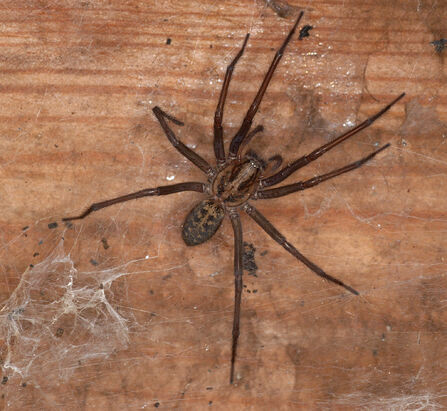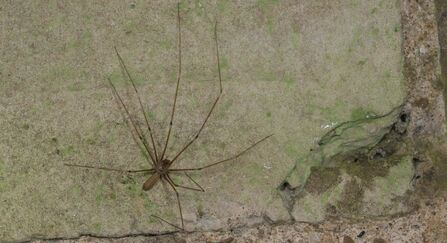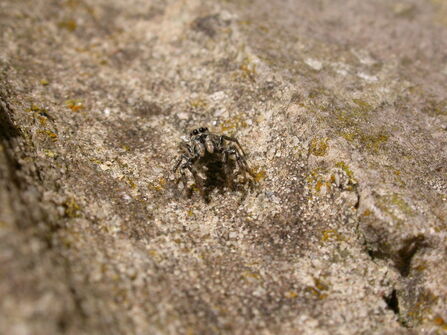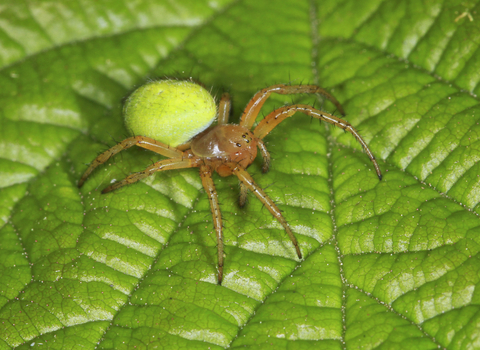For the last few weeks, male spiders have been scurrying around looking for a mate before the next generation arrives in the spring. This brings them into closer proximity to us, which can be a little unsettling for some.
During the spring and summer months, spiders have an important role in keeping insect numbers under control, particularly flies, aphids, woodlice, and mosquitoes.
Once the autumn breeding season is over, many of the male spiders die (or are eaten by the female!) but, for those that remain and for the females, their next job is to find a quiet sheltered spot to spend the winter.
It’s important to note that they’re not all in your home. In fact, the majority will be outdoors taking shelter under logs, stones, and leaves. Their bodies go into a low activity state, or torpor, to help them during very cold periods.
One of my favourite spiders is the woodlouse spider (Dysdera crocata). As the name suggests, they predate woodlice which are abundant in our garden amongst the log piles and fallen leaves. The spiders overwinter beneath our hedges and under stones, although we have seen the occasional one in the house.





